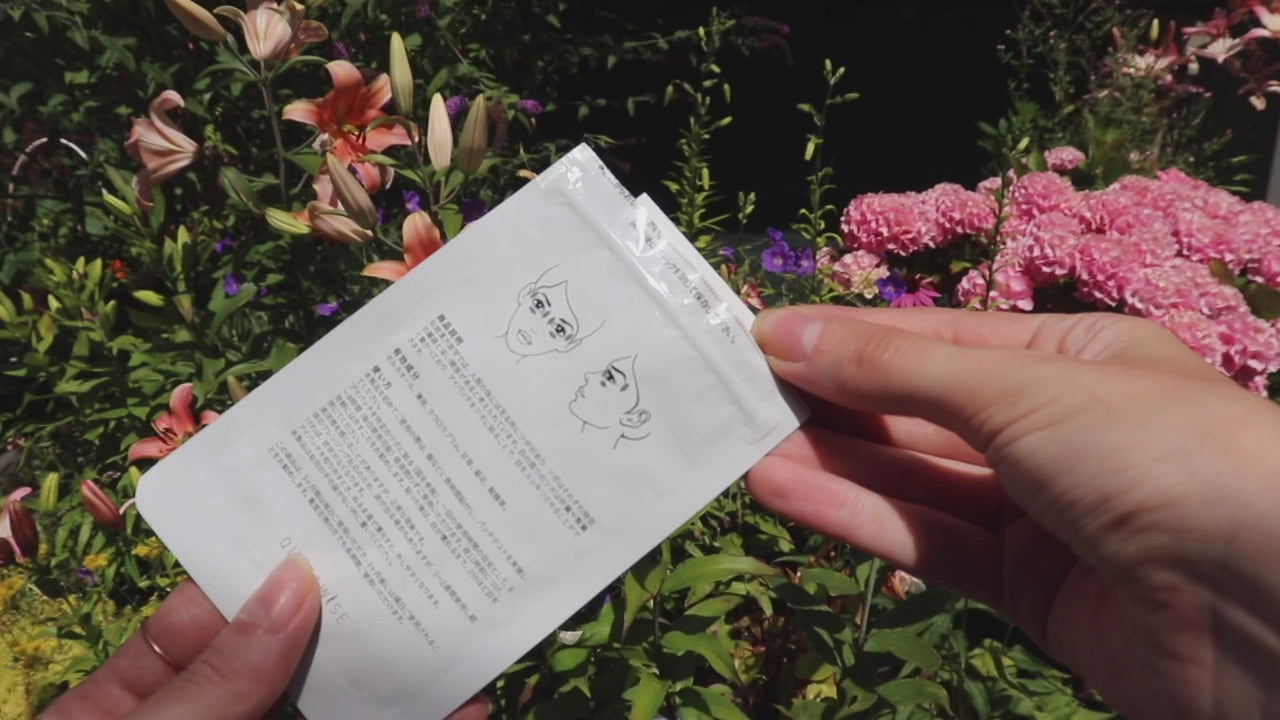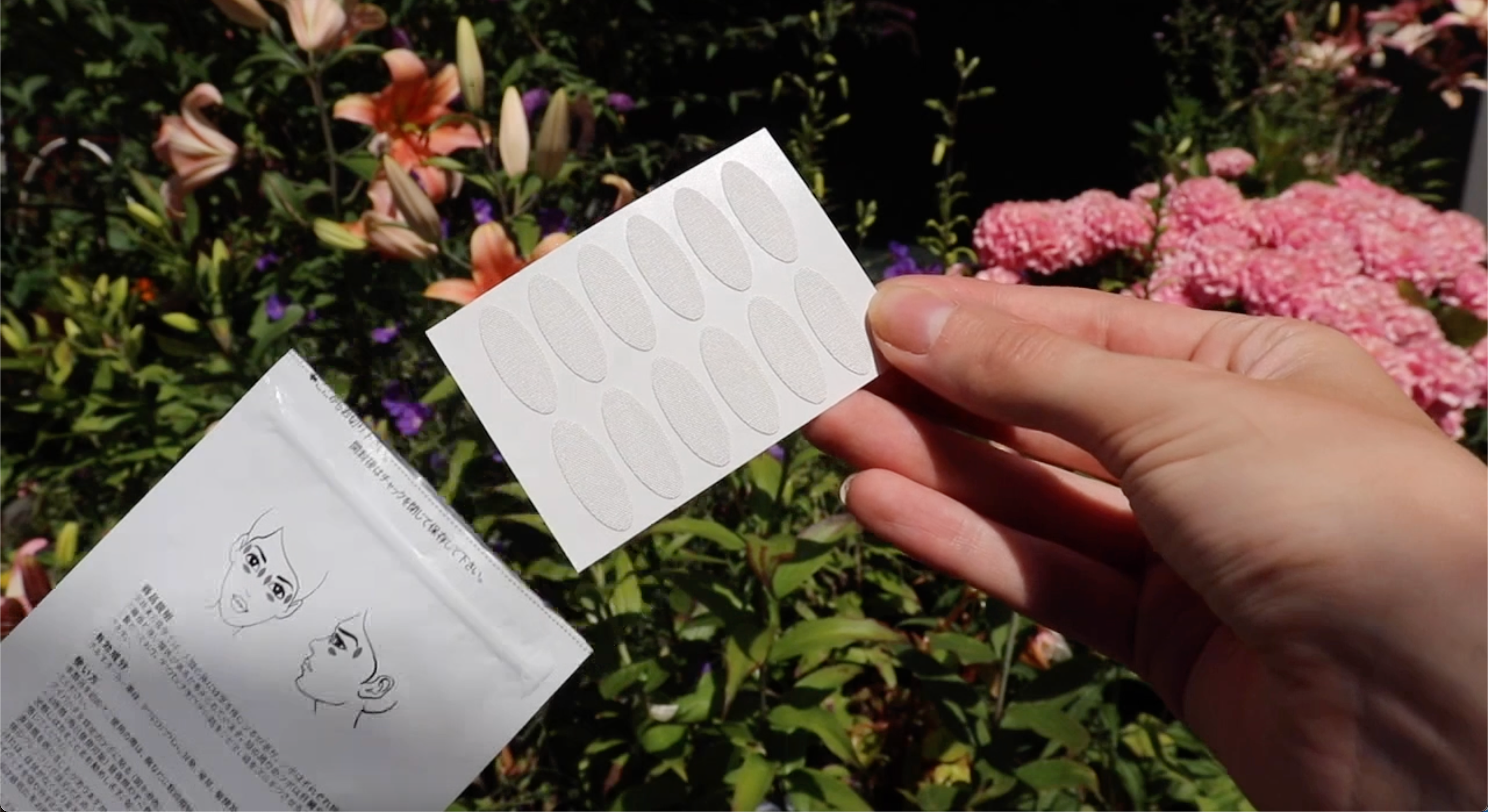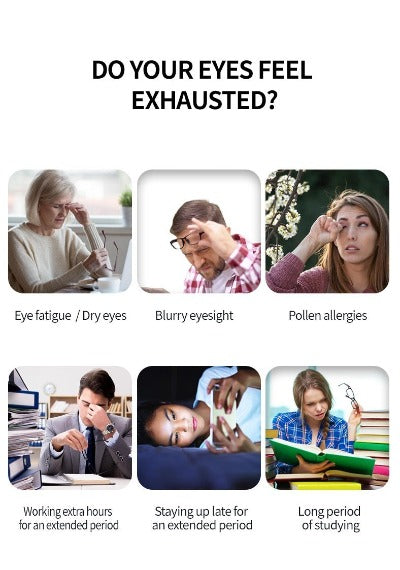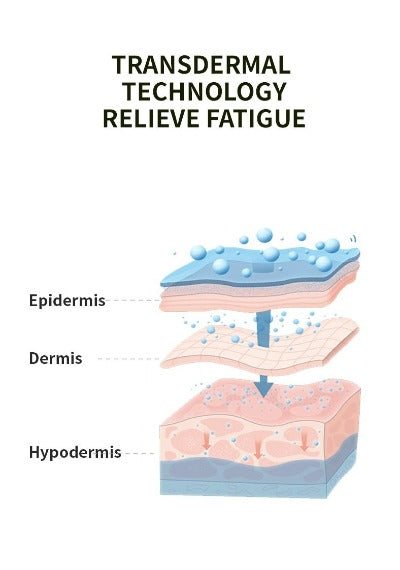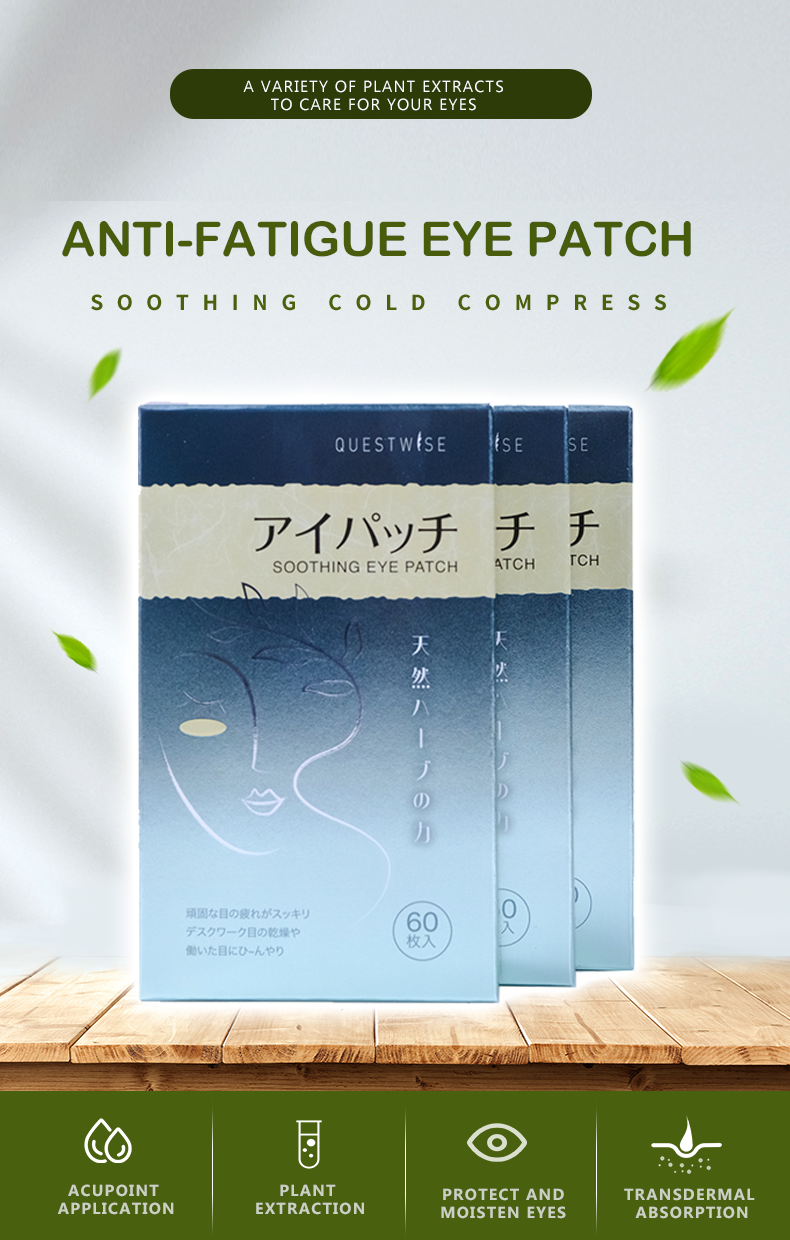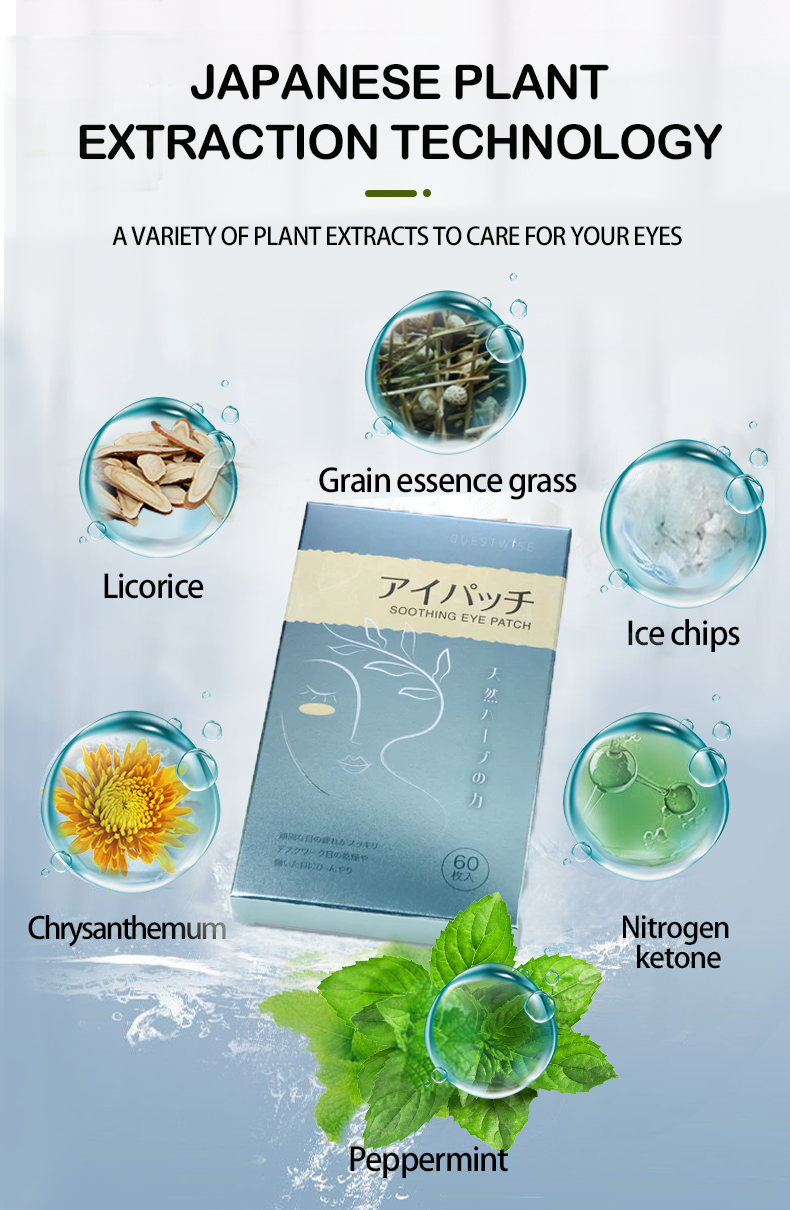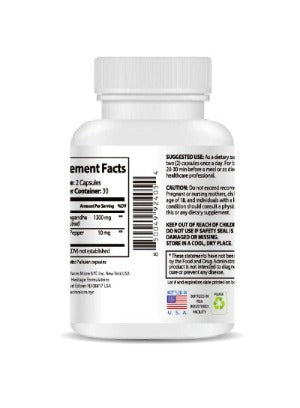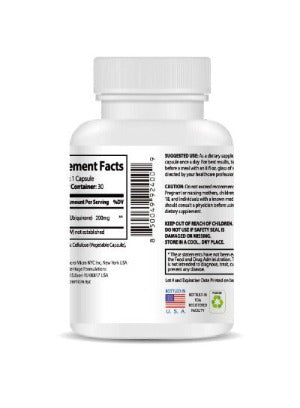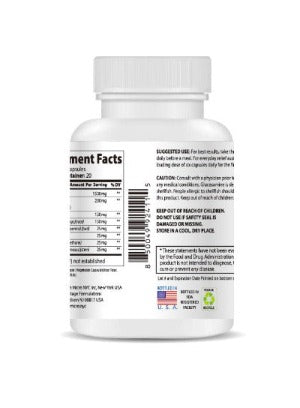How Weather Worsens Hay Fever Eye Itch Symptoms: Your Comprehensive Guide to Relief in 2025
Hay fever, that unwelcome spring guest, impacts millions. While sneezing and a runny nose often steal the spotlight, the often-overlooked hay fever eye itch can be intensely uncomfortable. This article delves into the complex relationship between weather patterns and the aggravation of this symptom, empowering you with knowledge and strategies for effective management in 2025.
Understanding the Delicate Dance Between Weather and Hay Fever Eye Itch
The connection between weather and hay fever symptom severity, particularly the dreaded hay fever eye itch, is multifaceted. Let's examine the key weather elements that exacerbate this discomfort:
Pollen Power: The Invisible Enemy and the Wind's Role
High pollen counts are the primary culprit in triggering hay fever. Warm, dry, and windy days act as a pollen superhighway, dispersing these microscopic allergens far and wide. The wind's relentless action carries these irritants, increasing your exposure exponentially and intensifying hay fever eye itch. What might seem like a pleasant breeze can quickly become an airborne assault for those with allergies.
Rain's Double-edged Sword: Temporary Relief, Followed by a Pollen Surge
The arrival of rain might initially seem like a blessing, temporarily washing away some airborne pollen. However, this reprieve is often short-lived. Once the rain subsides and the sun reappears, the remaining pollen becomes highly concentrated. This post-rain pollen surge can trigger a sudden, sometimes intense, flare-up of hay fever eye itch, catching many off guard.
Humidity's Influence: Finding the Goldilocks Zone
Humidity levels play a critical role in pollen behavior and subsequent allergic reactions. High humidity causes pollen grains to swell, making them more potent allergens. These larger, more allergenic particles are more likely to trigger a robust inflammatory response, leading to significant hay fever eye itch. On the other hand, excessively dry air can directly irritate the eyes, compounding existing symptoms and amplifying the discomfort.
Temperature's Impact: Sensitivity and Sudden Shifts
Temperature fluctuations add another layer of complexity to the situation. Sudden changes in temperature can increase the sensitivity of the nasal passages and eyes, making them more vulnerable to airborne allergens. This heightened sensitivity can trigger a more pronounced reaction to even relatively low pollen counts.
Barometric Pressure and Its Hidden Influence
While not as immediately obvious as other weather factors, barometric pressure changes can subtly impact hay fever symptoms. Fluctuations in pressure can affect the permeability of nasal membranes, allowing more allergens to enter the body and trigger inflammatory responses. This subtle influence can add to overall discomfort and worsen hay fever eye itch.
Effective Strategies: A Multi-pronged Approach to Relief
Effectively managing hay fever eye itch requires a holistic approach that combines proactive measures, lifestyle modifications, and the strategic use of targeted relief products. Let's explore:
Proactive Measures: Minimizing Exposure
Reducing exposure to airborne allergens is paramount. Consider these steps:
- Consult daily pollen forecasts and adjust outdoor activities accordingly. Avoid peak pollen times (typically early mornings and late afternoons).
- Wear protective eyewear, such as wraparound sunglasses, to shield your eyes from pollen.
- Shower and wash your hair after spending time outdoors, removing pollen that may have accumulated.
- Keep windows and doors closed, particularly during peak pollen hours, and consider using an air purifier with a HEPA filter.
- Change your clothes after being outdoors to remove clinging pollen particles.
- Rinse your nasal passages regularly with saline solution to clear out trapped allergens.
Lifestyle Adjustments: Strengthening Your Body's Defenses
Supporting your body's natural defenses is crucial for better allergy management. These adjustments can make a significant difference:
- Prioritize sleep: Aim for 7-9 hours of quality sleep nightly to support immune function.
- Manage stress effectively: Chronic stress can exacerbate allergy symptoms, so incorporate stress-reducing techniques into your routine.
- Eat a nutritious diet: Focus on fruits, vegetables, and whole grains to boost your immune system.
- Stay hydrated: Drinking plenty of water keeps mucous membranes moist, which helps prevent dryness and irritation.
- Regular exercise: Gentle exercise can help improve circulation and support overall immune health.
Targeted Relief: Utilizing Effective Products
Targeted relief products can offer immediate solace from the discomfort of hay fever eye itch. One excellent option is Wise Quest Soothing Eye Patches. These innovative patches leverage the power of traditional Chinese herbal medicine to soothe and reduce inflammation around your eyes. Their unique formula addresses eye fatigue, dryness, astringency, redness, and swelling, providing natural and gentle relief. The Wise Quest Soothing Eye Patches promote healthy blood circulation, helping to alleviate most eye discomfort and disease.

Incorporating these patches into your daily routine can provide noticeable relief, especially during challenging weather conditions. They offer a gentle, natural path toward managing symptoms and improving overall eye well-being.
A Deeper Dive into Wise Quest Soothing Eye Patches
The Wise Quest Soothing Eye Patches are more than a quick fix; they offer a holistic approach to eye health. Their blend of traditional Chinese herbs works synergistically to tackle various aspects of eye discomfort. The gentle, soothing action provides relief without harsh chemicals or common side effects, making them an ideal choice for those seeking natural solutions for hay fever eye itch. Regular use can significantly reduce eye inflammation, enhance circulation, and promote overall eye health.

Always consult your doctor or allergist before starting any new treatment. They can provide customized advice based on your individual health needs and history.
By understanding the intricate link between weather patterns and hay fever, implementing these proactive strategies, and utilizing effective relief products like the Wise Quest Soothing Eye Patches, you can take charge of your hay fever eye itch and experience a more comfortable 2025, regardless of the weather conditions.



